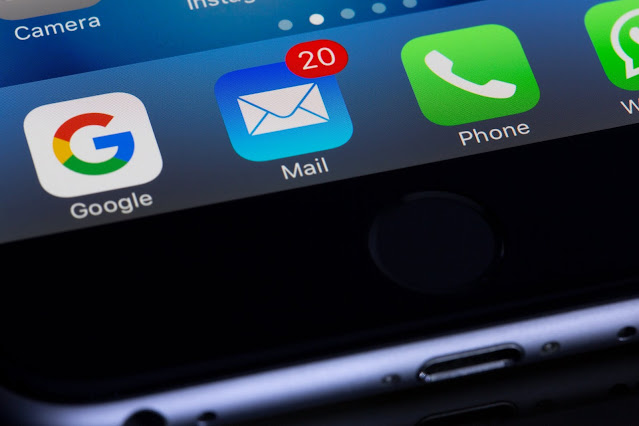Demystifying Email Verification: Unveiling the Secrets of Secure Digital Communication
Introduction:
In the ever-changing realm of digital communication, email stands as a cornerstone, linking people and organizations worldwide. However, as the importance of maintaining a secure online presence becomes increasingly apparent, so does the mystery surrounding the process of email verification. This blog post seeks to unravel the enigma, dispelling myths, and revealing the truth behind the significance of email verification in today's digital landscape.
Decoding the Essence of Email Verification:
Email verification functions as the guardian of your digital communication strategy. It involves confirming the authenticity and deliverability of an email address, ensuring that messages reach their intended recipients while providing protection against spam, phishing, and other malicious activities.
Separating Mysteries from Truths:
1. Mystery: All Email Verification Tools Are Equal
Truth: Not all tools are cut from the same cloth. While some perform basic syntactical checks, advanced tools dive deeper, scrutinizing the existence of the email address, the health of its domain, and identifying temporary or disposable email accounts.
2. Mystery: Email Verification Slows Down Processes
Truth: While implementing verification may introduce a minor delay, the advantages in terms of data accuracy and protection against potential spam far outweigh any momentary inconvenience during the sign-up process.
3. Mystery: Once Verified, Addresses Stay Valid Forever
Truth: Email addresses, like the digital landscape, are subject to change. Users may switch jobs, abandon old accounts, or undergo other life changes. Regular re-verification is crucial to maintaining the accuracy of your email list over time.
The Evolution of Email Verification:
As technology advances, so does the sophistication of email verification processes. The incorporation of artificial intelligence and machine learning algorithms allows for a more precise assessment of the validity of an email address.
Best Practices for Email Verification:
Real-Time Verification: Incorporate real-time verification during the sign-up process to promptly rectify inaccuracies.
Regular Maintenance: Periodically clean and update your email lists to eliminate inactive or invalid addresses.
Choose Reliable Tools: Opt for reputable email verification tools that offer comprehensive checks and adhere to industry best practices.
In Conclusion:
Email verification is not a mere formality but a crucial step in upholding the integrity of your digital messaging. By demystifying the process and adopting best practices, businesses can fortify their email communication, ensuring messages reach the right inboxes while guarding against potential threats. Stay informed, stay secure, and let email verification be the silent guardian of your digital communication integrity.
.png)
.png)


Comments
Post a Comment